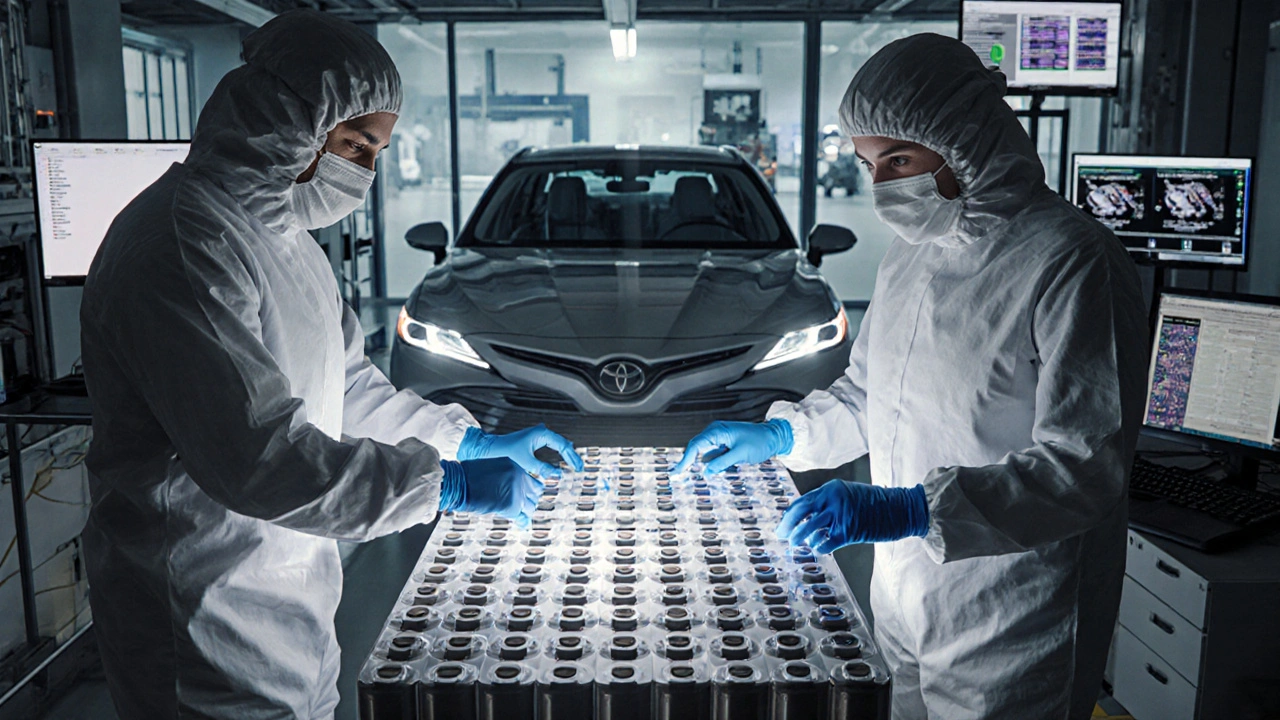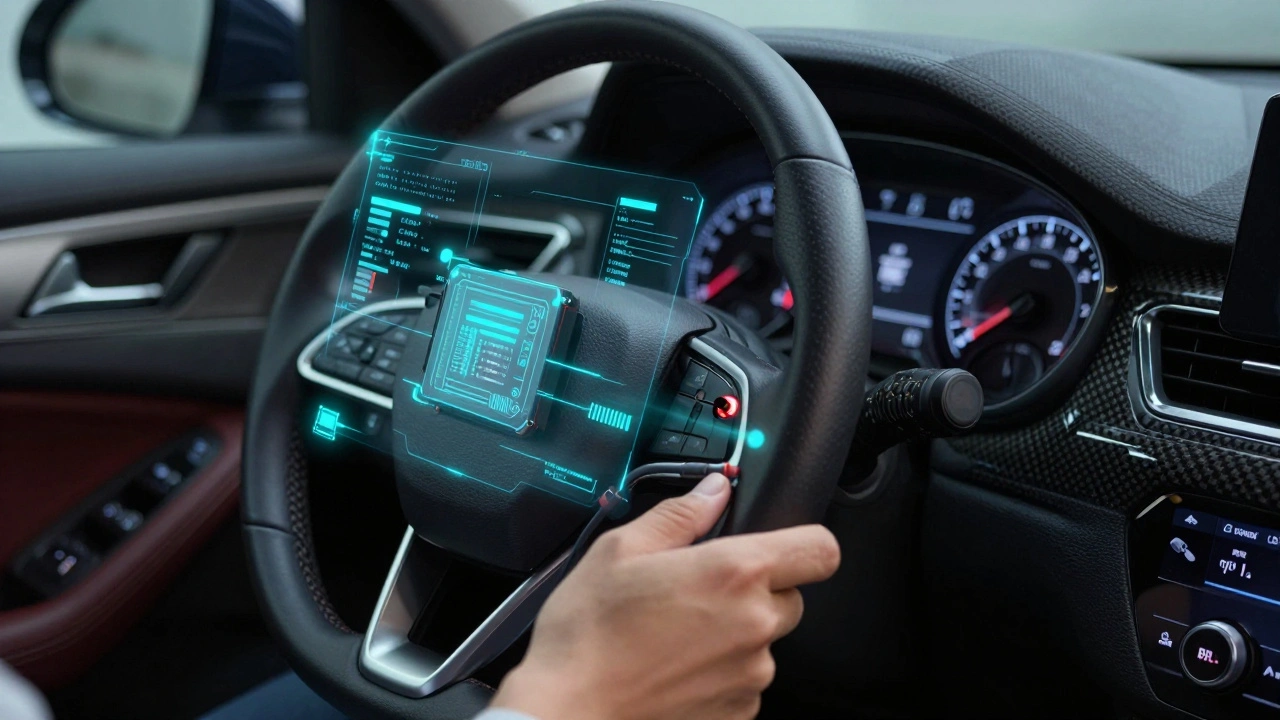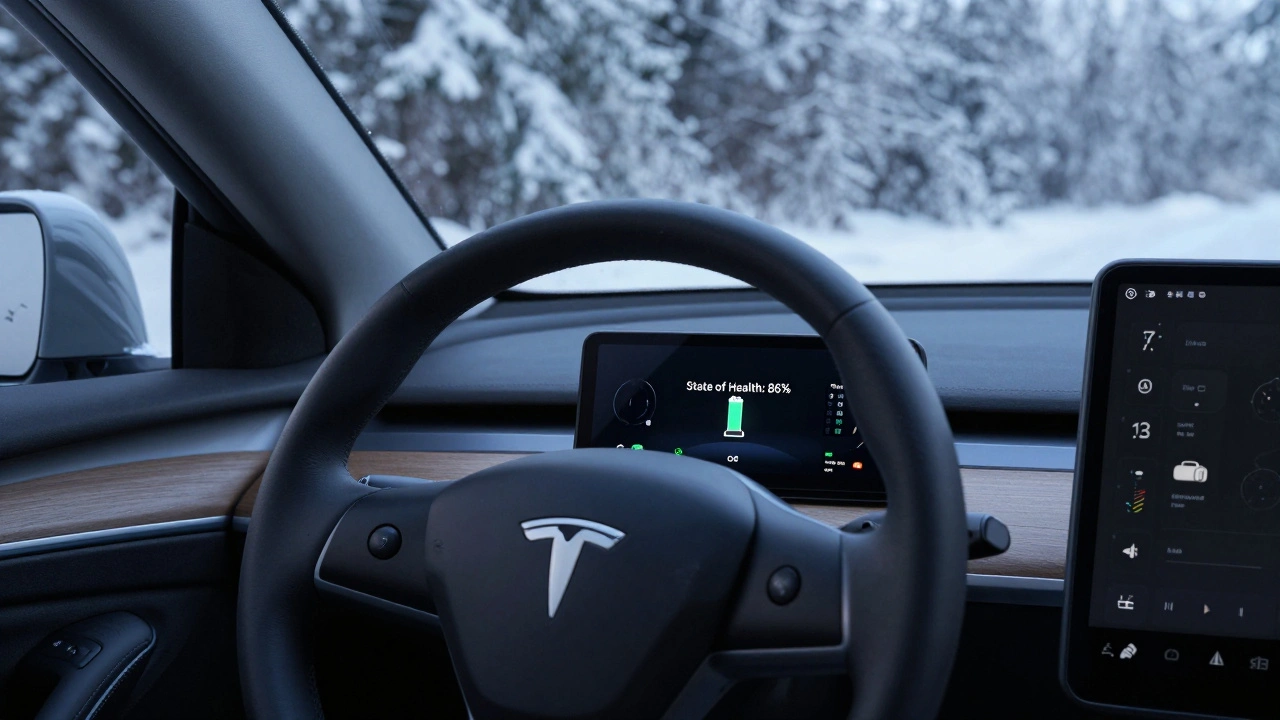Solid-State Battery: What It Is and Why It’s Changing Electric Vehicles
When you think about electric cars, the solid-state battery, a type of battery that uses a solid electrolyte instead of liquid or gel. Also known as all-solid-state battery, it’s the upgrade electric vehicle makers have been chasing for years because it solves the biggest problems with today’s batteries: slow charging, short life, and fire risk. Unlike regular lithium-ion batteries that use flammable liquids, solid-state batteries pack energy into a solid ceramic or polymer layer. That means they don’t leak, don’t overheat as easily, and can hold more power in the same space.
This isn’t just theory—companies like Toyota, QuantumScape, and BMW are already testing prototypes in real cars. A solid-state battery can charge in under 10 minutes and last over 1,000 cycles without losing much capacity. That’s a big deal if you’re tired of waiting hours to recharge or replacing your EV’s battery after five years. It also means cars could go 500+ miles on a single charge, which finally puts them on par with gas vehicles for long trips. And because there’s no liquid to leak or react violently, the risk of fire drops dramatically. That’s why safety regulators and insurers are watching closely.
But here’s the catch: they’re still expensive to make. The materials—like sulfide or oxide electrolytes—are tricky to produce at scale, and the manufacturing process needs new factories, not just tweaked assembly lines. Right now, you won’t find them in your local dealership. But if you’re looking at a new EV in the next two to three years, there’s a good chance it’ll have one. And when they do hit the market, they’ll change how we think about everything from car ownership to charging infrastructure.
The posts below cover what’s really happening with EV tech right now—from what to check during a test drive to how battery safety features are evolving. You’ll find real insights on how solid-state batteries fit into the bigger picture of electric vehicles, what’s holding them back, and what to expect when they finally become common. No hype. Just what matters if you’re thinking about buying, maintaining, or just understanding the next generation of cars.

Solid-State Battery Timelines: From Lab Prototypes to Real-World Car Production
- 11 Comments
- Oct, 15 2025
Solid-state batteries are moving from lab prototypes to real EVs. Learn when they'll hit the market, how they compare to lithium-ion, and why 2026 is the turning point for electric cars.




